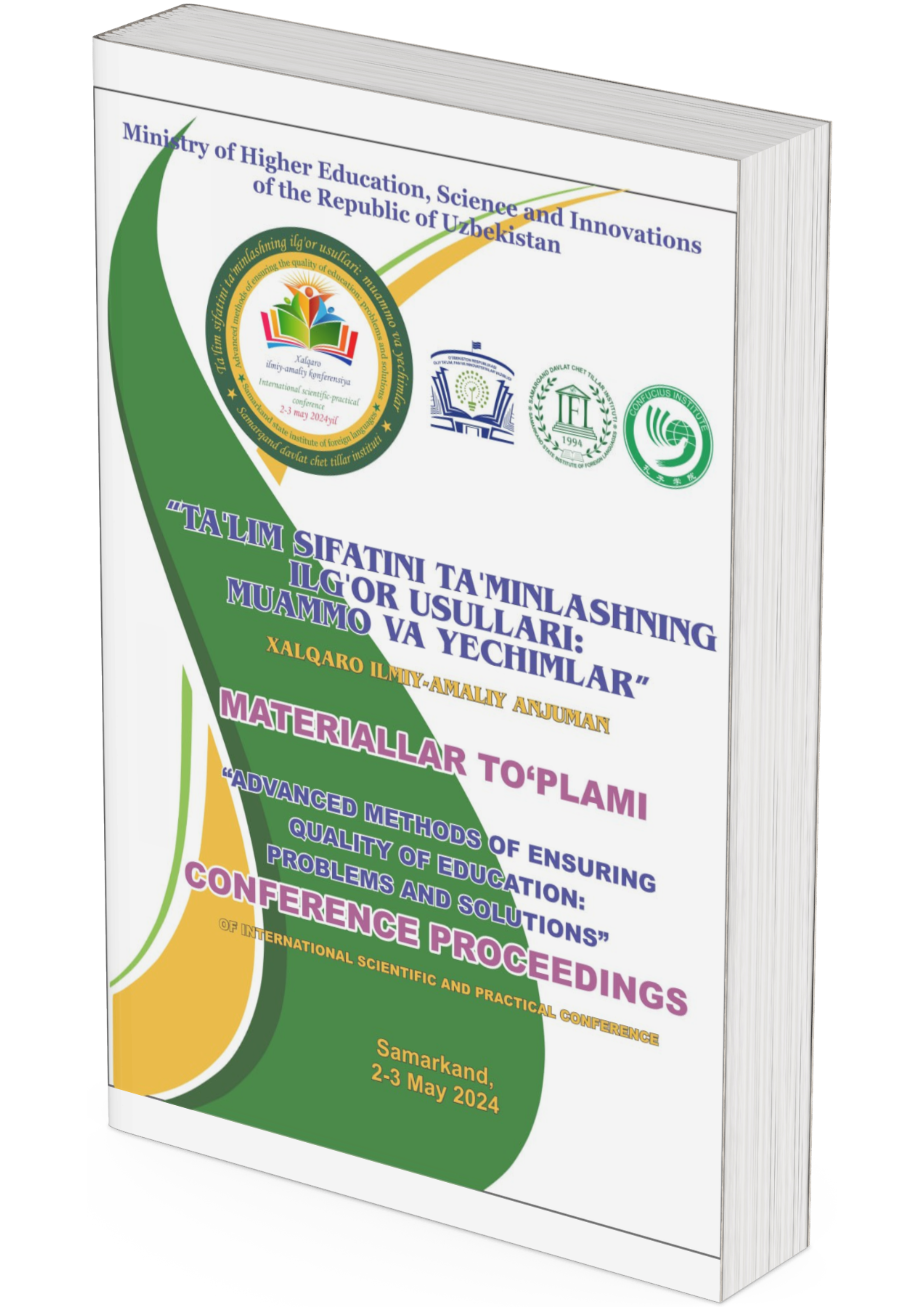UNLOCKING POTENTIAL: THE ROLE OF EARLY LANGUAGE ACQUISITION IN CHILDREN’S LINGUISTIC DEVELOPMENT
DOI:
https://doi.org/10.2024/kymzmh64Keywords:
critical period hypothesis; early education; brain flexibility; language learning; early language acquisitionAbstract
In exploring the importance of early interaction with language has in children's linguistic development, this article emphasizes the effects of early language acquisition has on academic, social, and cognitive development of children. Article includes points from studies on the importance of early education, long-term advantages of early language exposure and advancements in academic performance, literacy, and cognitive function. At the end the writer urges readers to acknowledge their part in supporting linguistic growth in young children, both at home as well as in educational settings.
References
Bialystok, E., Craik, F. I., & Luk, G. (2012). Bilingualism: Consequences for mind and brain. Trends in Cognitive Sciences, 16(4), 240-250.
Butler, Y. G., Lee, J. H., & Choi, K. S. (2018). English language education in East Asia: Some recent developments. Language Teaching, 51(4), 509-534.
Curtiss, S. (1977). Genie: A psycholinguistic study of a modern-day "wild child". Academic Press.
Fernald, A., Marchman, V. A., & Weisleder, A. (2013). SES differences in language processing skill and vocabulary are evident at 18 months. Developmental Science, 16(2), 234-248.
Gutierrez-Clellen, V. F., & Kreiter, J. (2003). Understanding child bilingual acquisition using parent and teacher reports. Applied Psycholinguistics, 24(2), 267-288.
Hoff, E. (2013). Interpreting the early language trajectories of children from low-SES and language minority homes: Implications for closing achievement gaps. Developmental Psychology, 49(1), 4-14.
Hoff-Ginsberg, E. (1998). The relation of birth order and socioeconomic status to children's language experience and language development. Applied Psycholinguistics, 19(4), 603-629.
Hart, B., & Risley, T. R. (1995). Meaningful Differences in the Everyday Experience of Young American Children. Paul H Brookes Publishing.
Hoff, E. (2003). The specificity of environmental influence: Socioeconomic status affects early vocabulary development via maternal speech. Child Development, 74(5), 1368-1378.
Johnson, J. S., & Newport, E. L. (1989). Critical period effects in second language learning: The influence of maturational state on the acquisition of English as a second language. Cognitive Psychology, 21(1), 60-99.
Kuhl, P. K. (2010). Brain mechanisms in early language acquisition. Neuron, 67(5), 713-727.
Lenneberg, E. H. (1967). Biological foundations of language. Wiley.
Penfield, W., & Boldrey, E. (1937). Somatic motor and sensory representation in the cerebral cortex of man as studied by electrical stimulation. Brain, 60(4), 389-443.
Penfield, W., & Roberts, L. (1959). Speech and brain mechanisms. Princeton University Press.
Rowe, M. L. (2012). A longitudinal investigation of the role of quantity and quality of child-directed speech in vocabulary development. Child Development, 83(5), 1762-1774.
Weizman, Z. O., & Snow, C. E. (2001). Lexical input as related to children's vocabulary acquisition: Effects of sophisticated exposure and support for meaning. Developmental Psychology, 37(2), 265-279.
Werker, J. F., & Hensch, T. K. (2015). Critical periods in speech perception: New directions. Annual Review of Psychology, 66, 173-196.
Downloads
Published
Conference Proceedings Volume
Section
License
Copyright (c) 2024 Firuzabonu Rafieva, Shaxinabonu Farxodova (Author)

This work is licensed under a Creative Commons Attribution 4.0 International License.









